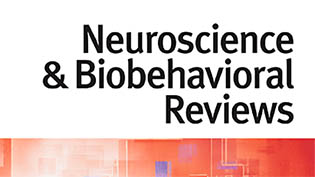Subtyping Schizophrenia Patients Based on Patterns of Structural Brain Alterations
*Authors: Yuan Xiao, Wei Liao, Zhiliang Long, Bo Tao, Qiannan Zhao, Chunyan Luo, Carol A. Tamminga, Matcheri S. Keshavan, Godfrey D. Pearlson, Brett A. Clementz, Elliot S. Gershon, Elena I. Ivleva, Sarah K. Keedy, Bharat B. Biswal, Andrea Mechelli, Rebekka Lencer, John A. Sweeney, Su Lui, Qiyong Gong *
Journal: Schizophrenia Bulletin
Abstract:
Schizophrenia is a complex and heterogeneous syndrome. Whether quantitative imaging biomarkers can identify discrete subgroups of patients as might be used to foster personalized medicine approaches for patient care remains unclear. Cross-sectional structural MR images of 163 never-treated first-episode schizophrenia patients (FES) and 133 chronically ill patients with midcourse schizophrenia from the Bipolar and Schizophrenia Network for Intermediate Phenotypes (B-SNIP) consortium and a total of 403 healthy controls were recruited. Morphometric measures (cortical thickness, surface area, and subcortical structures) were extracted for each subject and then the optimized subtyping results were obtained with nonsupervised cluster analysis. Three subgroups of patients defined by distinct patterns of regional cortical and subcortical morphometric features were identified in FES. A similar three subgroup pattern was identified in the independent dataset of patients from the multi-site B-SNIP consortium. Similarities of classification patterns across these two patient cohorts suggest that the 3-group typology is relatively stable over the course of illness. Cognitive functions were worse in subgroup 1 with midcourse schizophrenia than those in subgroup 3. These findings provide novel insight into distinct subgroups of patients with schizophrenia based on structural brain features. Findings of different cognitive functions among the subgroups support clinical differences in the MRI-defined illness subtypes. Regardless of clinical presentation and stage of illness, anatomic MR subgrouping biomarkers can separate neurobiologically distinct subgroups of schizophrenia patients, which represent an important and meaningful step forward in differentiating subtypes of patients for studies of illness neurobiology and potentially for clinical trials.
